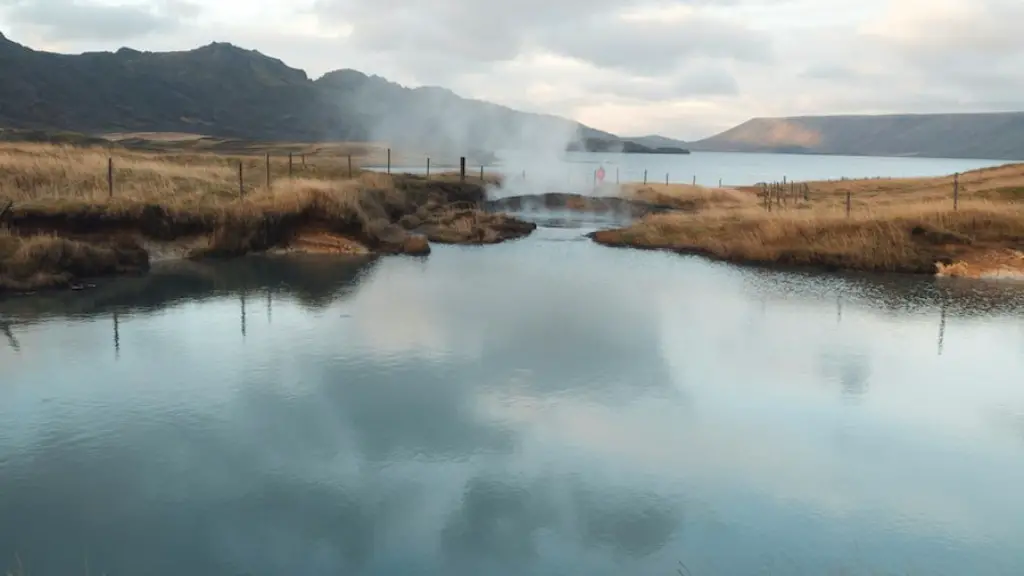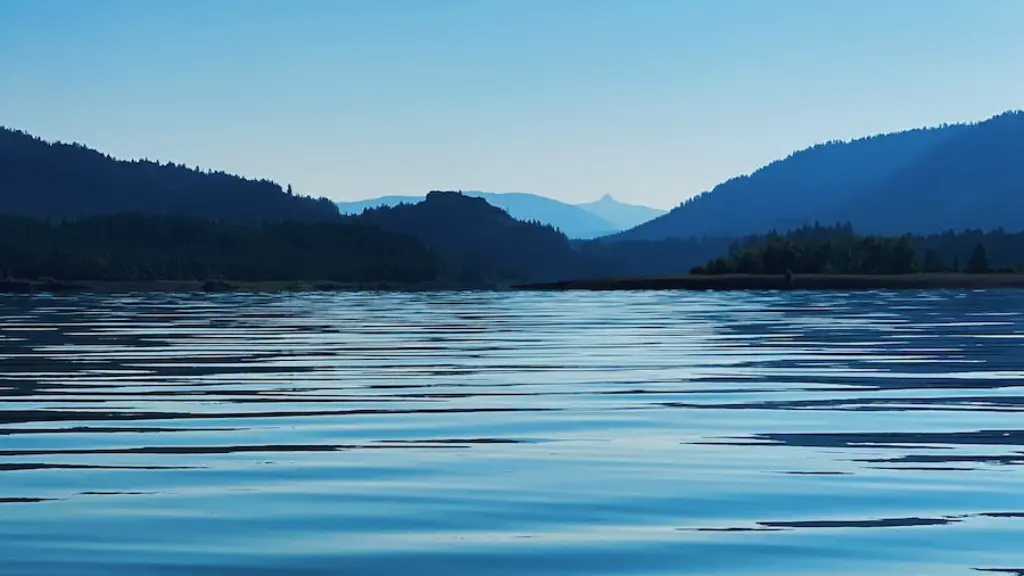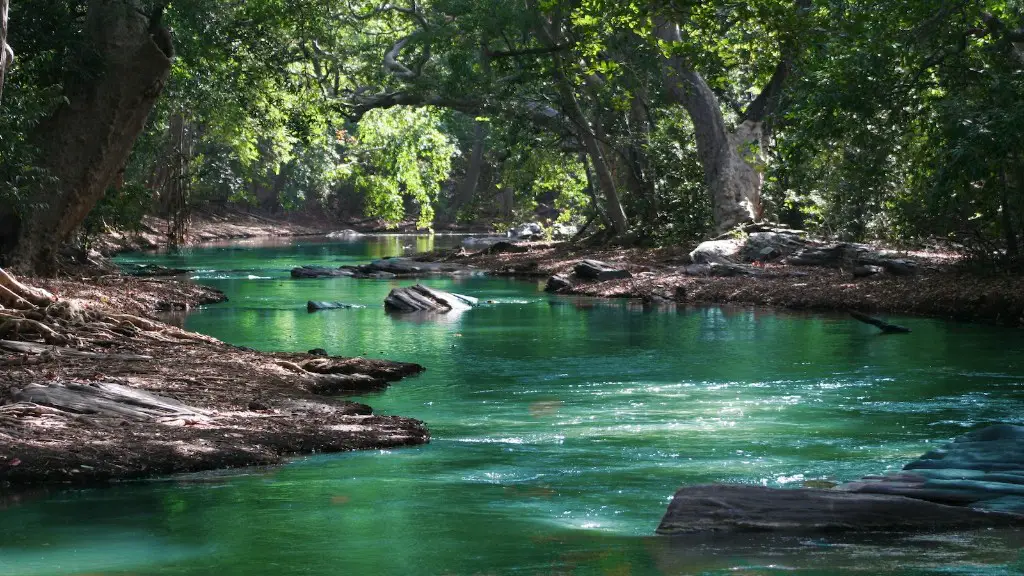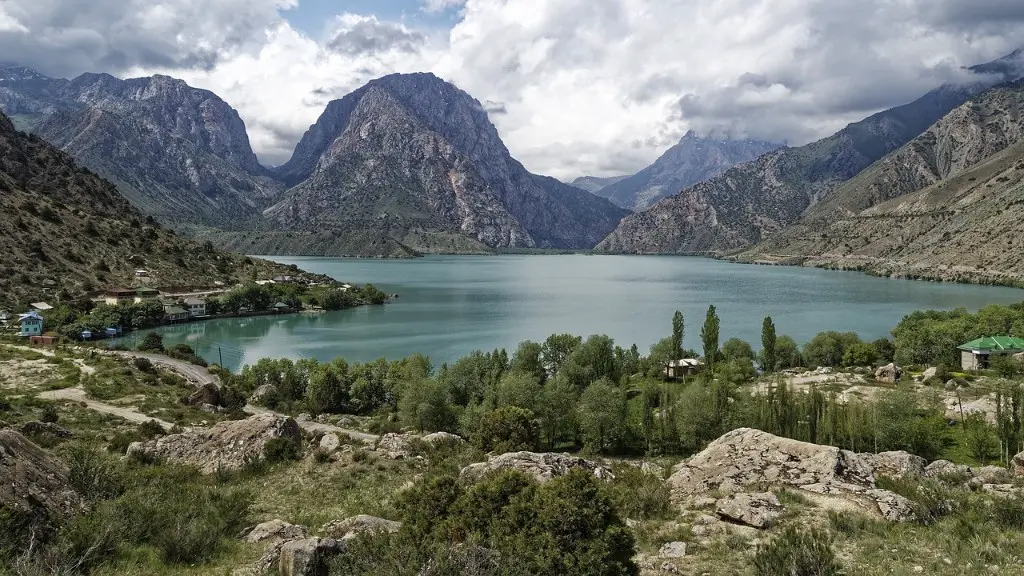The future of Lake Victoria is concerning to many environmentalists; does Lake Victoria have fertile soil, and is it capable of sustaining a healthy ecosystem?
Situated between Kenya, Tanzania, and Uganda, the lake is Africa’s largest body of water. It is home to more than fifty million people, who are greatly dependent upon its surrounding fertile soil to feed their families and sustain their livelihoods. It is estimated that the region’s population will double by 2050 and the impact of population growth on the soil’s fertility could have heartbreaking consequences.
Before the 1950s, Lake Victoria contained very fertile soils that have since been depleted. Across densely populated areas, there has been a sharp decrease in soil fertility levels due to intensive farming practices. By using tools such as nitrogen fertilizers, farmers have been able to boost crop production, while simultaneously depleting the topsoil of essential nutrients.
Scientists have identified multiple causes for this accumulation of pollutants. Factory emissions and other human activities have caused an increase in water acidification and eutrophication. The lake’s sedimentary matter has also become very rich in nutrients, which makes it difficult for the lake to filter out pollutants.
Lake Victoria has been struggling to keep its water clean for many years and this is largely due to the increase in industrial activities around the lake. This has caused a decrease in the oxygen levels and an increase in pollution, making it difficult for the water and soil to sustain life. In order to preserve the lake, strict restrictions must be put in place by the government and private organizations to prevent further environmental degradation.
Various restoration techniques have been implemented, such as the use of artificial wetlands, which are designed to minimize pollutants while also providing valuable habitat for aquatic life. Such measures can help restore the lake’s water quality and the surrounding soil fertility.
In order to protect Lake Victoria, the governments of all three countries must cooperate and work together to develop measures to protect the lake and its surrounding soil. There must also be an understanding of the causes and consequences of human behaviour on the lake’s environment. Solutions must also be found to address the soil fertility, such as the introduction of organic nutrient-rich compost, as well as agricultural practices, such as crop rotation, which would help prevent soil degradation.
Experts believe that if the governments from the countries around the lake work together to protect it, it is possible to restore the soil to a more fertile condition. It is also imperative to educate the public on the importance of caring for their environment, as well as how their actions can affect the health of their land. Only when these steps are taken, can the future of Lake Victoria, and its soil fertility, be secured.
Preserving Fertile Soil Around Lake Victoria
One of the main concerns is that humans and industry need to work to reduce the amount of soil depletion that’s happening around Lake Victoria. This could be accomplished by the implementation of certain strategies, such as reducing the amount of fertilizer used in farming, reducing soil compaction due to the use of heavy vehicles, and avoiding the burning of agricultural residue.
It is also important to look at ways to mitigate any further damage to the soil and reintroduce vital nutrients. This could be done through the use of composting and mulching, which recirculate organic matter, as well as through strategic crop rotation. This reduces the likelihood that the same type of crops will be planted in the same area and encourages broader plant biodiversity.
The integration of Australian-style no-till farming should also be looked into, which is becoming a popular technique amongst farmers throughout Sub-Saharan Africa. This method allows crops to be planted directly into the existing crops and its residues. This reduces the amount of tillage required usually required during farming, which in turn reduces the amount of soil compaction, as well as the work involved.
The use of cover crops has also been identified as a potential option. Cover crops, also known as living mulch, help to improve soil fertility by replenishing its organic content, reducing weed growth and preventing soil compaction. It also helps to reduce nutrient leaching and the need for inorganic fertilizers.
Furthermore, organizations should look into the potential of offering farmers incentives to implement soil-preserving techniques. This could involve offering subsidies or grants to farmers who are willing to try and adopt these methods. This would also encourage more people to become involved in the preservation of the soil around Lake Victoria.
Reforestation
Reforestation around Lake Victoria is another key concern as it is a crucial factor for keeping soil fertility intact. Reforestation should be seen as a long-term investment, with not only environmental but also financial benefits. It is estimated that with proper forest management, the environmental benefits could include improved water levels, soil fertility, and biodiversity, while also providing valuable resources like lumber.
There are a few strategies that could be implemented in order to ensure successful reforestation. One is making sure the selection of species is done correctly. There should be a combination of fast-growing and long-term species, to ensure sustainability. The trees should also be used for fuel wood, timber, and honey production.
Another step would be to start engaging local communities in the reforestation process. This would help them understand the importance of sustaining the soil fertility, as well as its contribution to their own quality of life.
Organizations such as the World Resources Institute (WRI) are already providing fundraising and technical assistance to local communities to help them in their reforestation efforts. There is also the potential to create “tree nurseries”, where saplings can be grown and the local community engaged in their maintenance.
Other Considerations
Aside from boosting soil fertility, there are a few other considerations to take into account that would help protect soil around Lake Victoria. One of these is to implement effective water management developments. This could include installing dams and reservoirs at strategic locations, to reduce water movement, leading to decreased sediment accumulation.
It is also important to incorporate sustainable fishing practices, such as eliminating modern trawling and the use of unsustainable fishing gear and techniques. This would ensure that those living in the area can continue to rely on the lake for their source of protein, while helping to maintain the balance of their ecosystem.
The inclusion of buffer zones around the lake is also an important step in preserving and sustaining soil fertility. Buffer zones are areas of land that are left untouched and can help to reduce the amount of soil erosion, as well as reduce the impact of pollution on the lake.
Finally, people should be educated on the importance of soil preservation. This can be done through innovative methods, such as using the media, or hosting events and workshops in local schools and universities.
Conclusion
The importance of ensuring the fertility of the soil surrounding Lake Victoria is an urgent environmental concern. The future of this region depends on the preservation of its soil, both in terms of food security, sustaining local livelihoods and protecting the biodiversity of the lake. By implementing a few effective soil conservation measures, as well as educating the local community on the importance of soil preservation, the future of the environment surrounding Lake Victoria can be safeguarded.





